Dev Patel’s directorial debut, Monkey Man, is an action-packed, culturally rich revenge film that beautifully blends anger and violence with tenderness and vibrance.

Dev Patel is a British-Indian actor and now director, and his presence in these roles is valuable representation. In Western media, South Asian representation, though now burgeoning, has been lacking. On the rare occasion that South Asian characters and stories are portrayed, we are often presented as stereotype-based mockery–the one-dimensional ugly, shy nerd. Though Monkey Man doesn’t follow Western characters, the film was made for Western audiences–in its original form it is primarily in English; when dialogue is in Hindi, its subtitles are in English. Seeing someone who looks like me–with my hair, skin tone, and culture–as a multi-dimensional, flawed, beautiful, badass character rather than a mockery in Western media is foreign, welcomed, of course, and deeply emotional. To see a South Asian man leading in Hollywood leaves me soaring with pride.
The film was quite the undertaking for Patel. Not only did he direct, write, produce, and star in the film, but he did so in the thick of the COVID-19 pandemic; travel restrictions forced Patel to rewrite his original plan to film in India, find a heap of new crew and cast members, and limited his access to filming equipment. Add a few broken bones, a load of financial troubles, and Netflix’s desertion of the film, and you’ve got about half the hurdles Patel jumped over. Nevertheless, he persisted, and with the help of Jordan Peele, Monkey Man made its theatrical debut on April 5th, 2024.
The film follows Dev Patel’s character, Kid, a young man burdened by a load of childhood trauma and fueled by years of suppressed anger. With scarred hands and bloodied knuckles, he climbs up through the back door to the Indian elites who wronged him and violently doles out retribution.
Many strands of the famous Hindu mythology story, Ramayana, are found within Monkey Man, which can be considered an adaptation of the ancient Indian epic. Retellings of Ramayana are abundant in Indian media, but Patel offers a refreshing take on the story. Ramayana follows Prince Rama and his brother Lakshmana who set out to rescue the former brother’s wife, Princess Sita, who has been kidnapped by demon King Ravana. Along the way, the brothers enlist the help of Hanuman, the half-human half-monkey Hindu god of courage, strength, and wisdom. Hanuman’s story is told at the beginning of Monkey Man, immediately establishing the god as a source of inspiration in Kid’s childhood.
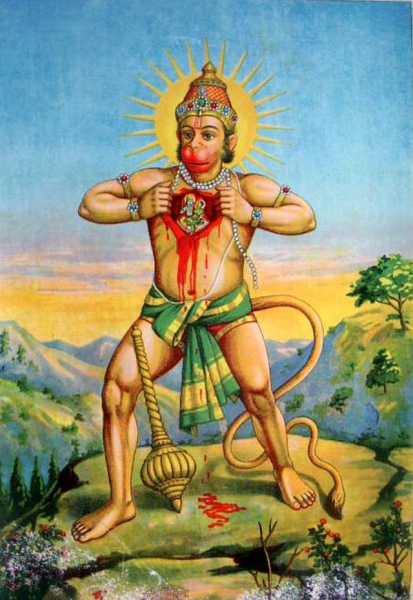
Monkey Man explicitly references Ramayana in character names and functions–Monkey Man’s Sita is at the mercy of the evil Rana, just as Ramayana’s Sita is a prisoner to the evil Ravana. A flashback scene in Monkey Man in which Kid’s chest tears open to reveal what lies within his heart mirrors the scene of Hanuman opening his heart to share his devotion and love for Rama and Sita. The film’s plot and even its action scenes directly reference Ramayana, but there also exist many covert allusions to the epic in Monkey Man. The recognition of these clever references added another level to my appreciation of the film–but I won’t spoil and reveal the gory details.
While Ramayana’s Sita plays an important part in the story, Monkey Man’s Sita, played by Sobhita Dhulipala, could’ve played a larger role. Dhulipala’s talent was underutilized; the already stirring emotion communicated in just her eyes could have been further expressed if she had been given more dialogue. It seemed that Sita’s story was building to something in each of her scenes, but it never came to fruition and her character was never fully fleshed out. A missed opportunity!
The presence of Indian actors from the subcontinent rather than diaspora actors, save Patel, contributed to the experience of cultural immersion within the film. Accents weren’t faked, and the dialect of Indian English along with the cultural references to food and media made for an authentic experience with delightful moments of recognition and humor. The masterfully choreographed fight scene featuring the song “Ooh La La” (one of many songs that comprise the film’s boisterous soundtrack) from the Bollywood film, The Dirty Picture, for example. The bold, playful lyrics of the song laid atop the messy context of the fight made for a very fun scene.
Iconic Indian tabla player Zakir Hussain’s appearance during the film’s classic training scene, with Patel attacking a punching bag to the rhythm of Hussain’s drums, was a thrilling moment as well. While I would’ve liked to see more of these references and moments of cultural humor, it is understandable that they were only occasional. Perhaps these allusions would be too niche for the intended Western audience.
The series of flashbacks throughout the film made for moments of tenderness amidst the brutality of the present. In Kid’s childhood we see his youthful joy, the forest that sustained him, and his mother’s pure love. However, flashbacks also contain a traumatic event in Kid’s past, where the root of his animus and suppressed rage originates. The placement of the flashbacks in the film was executed well; rather than exposing this traumatic event in full to the audience right away, it appears in fragments throughout the film, fading in and out as a memory.
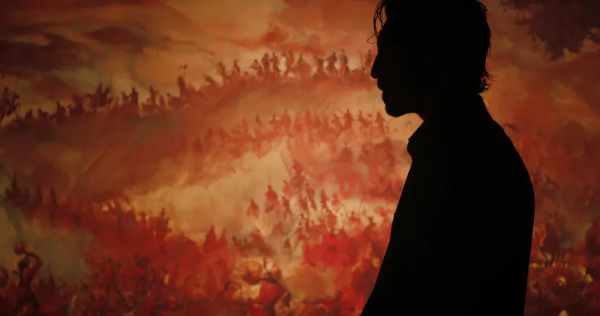 The decision to hold back this piece of Kid’s story until the third act makes the film’s peak all the more cathartic. The reveal of the horrors of Kid’s past affirm his path of vengeance, revealing the purpose behind his violence. As brutal, wince-inducing, and uncomfortable as the violence in the film was, at no point did I find it unreasonable—Patel ensures you are always rooting for his character, wanting what he wants.
The decision to hold back this piece of Kid’s story until the third act makes the film’s peak all the more cathartic. The reveal of the horrors of Kid’s past affirm his path of vengeance, revealing the purpose behind his violence. As brutal, wince-inducing, and uncomfortable as the violence in the film was, at no point did I find it unreasonable—Patel ensures you are always rooting for his character, wanting what he wants.
Another source of tenderness in the film was the presence of the transgender community, known in India as the Hijras. Amidst the violence, they heal, and Kid finds trust and strength in the group. Monkey Man provides proper trans representation, with trans characters portrayed by actual trans people–a rare occurrence in all media.
In an interview for Variety, Patel called the film an “anthem for the underdogs, the voiceless, the marginalized.” Within this action-packed thriller, Patel criticizes the forms of oppression that afflict India–gender and sexuality based oppression, caste oppression, the divide between the rich and the poor, and religious oppression.
Monkey Man’s emotional impact on me plays a decent part in my love for it. However, one does not have to see oneself in any aspect of the film to enjoy it. If your interest in seeing the film stems from nothing other than the sight of a sweaty Dev Patel, so be it. Let his charm lure you into the raw, emotional, culturally immersive story that is Monkey Man–the action film of the decade.




















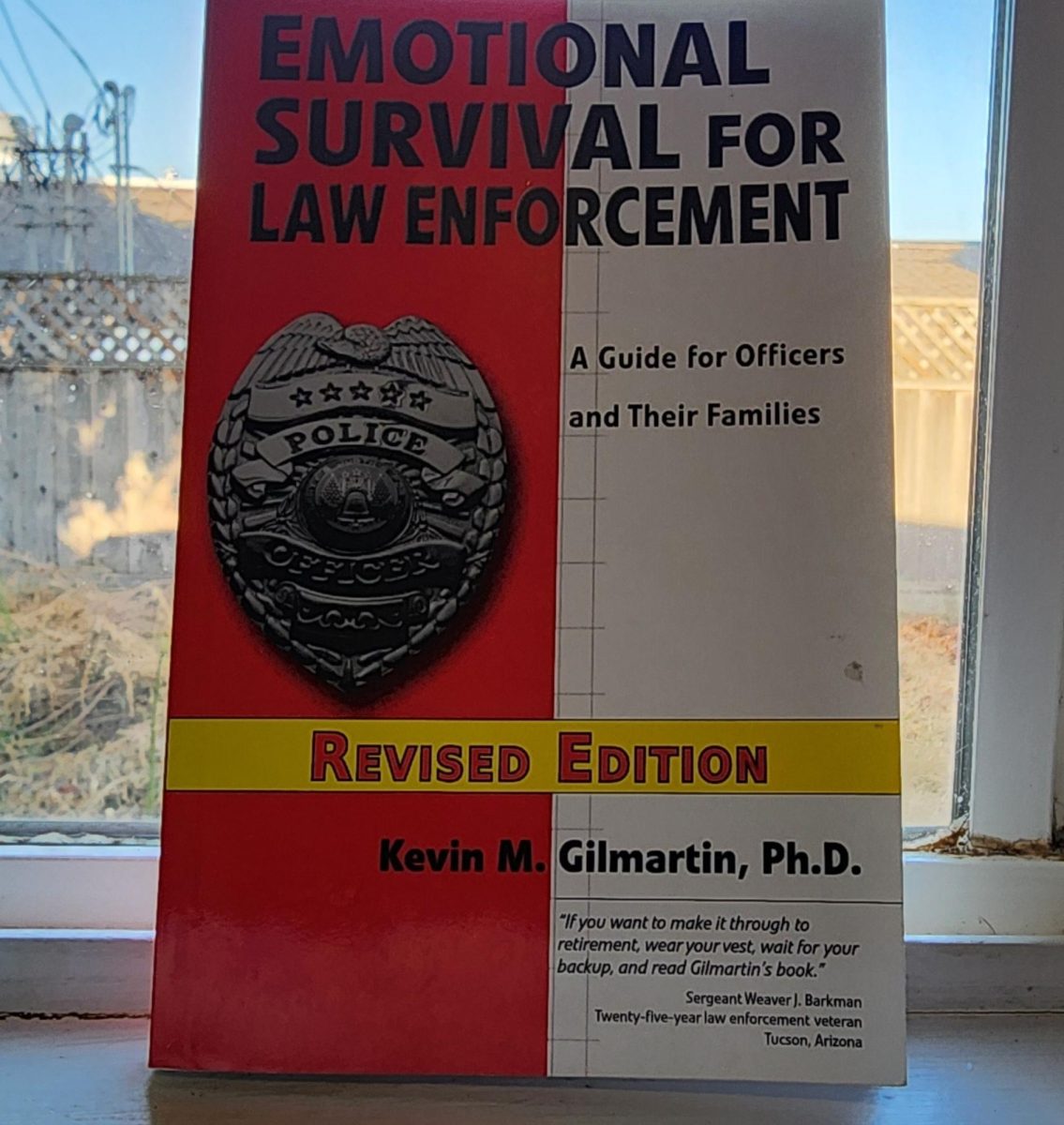




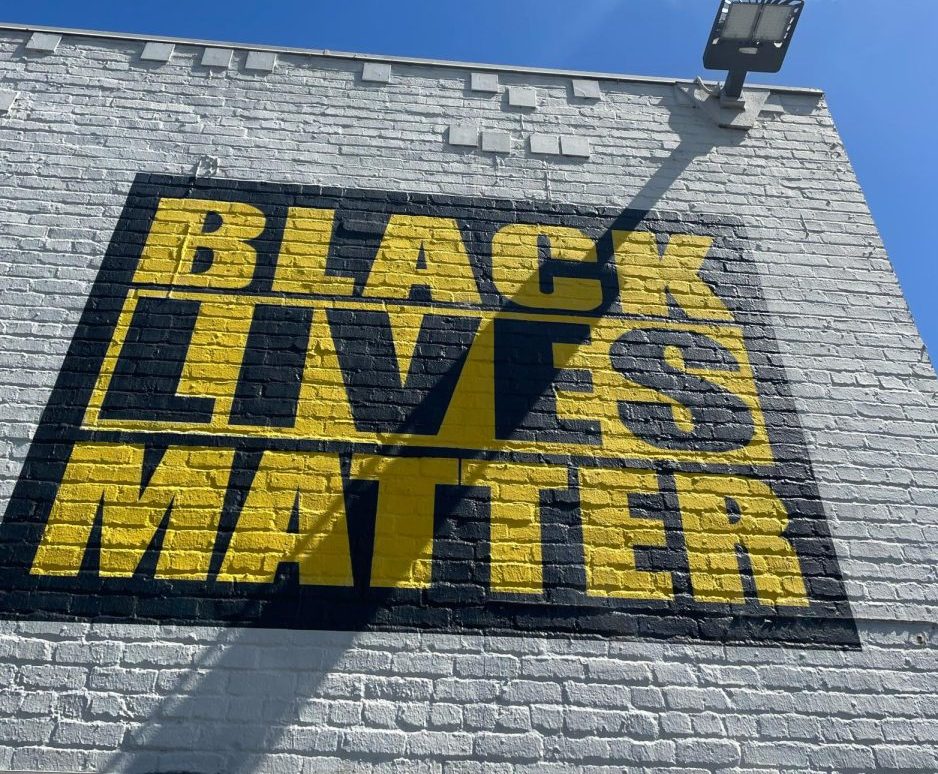








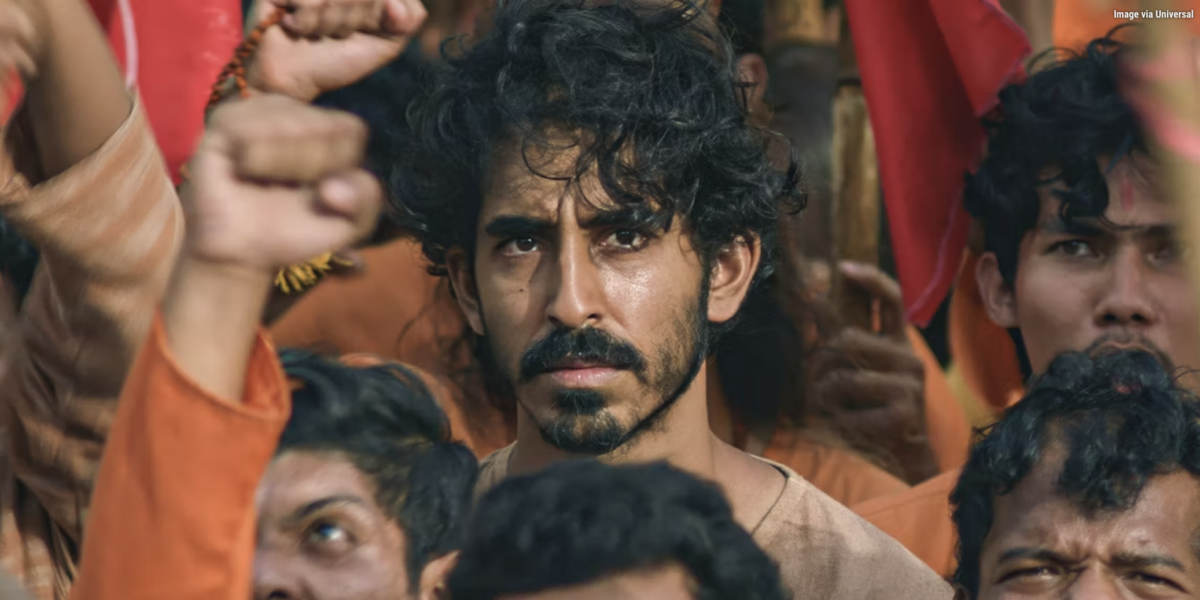






























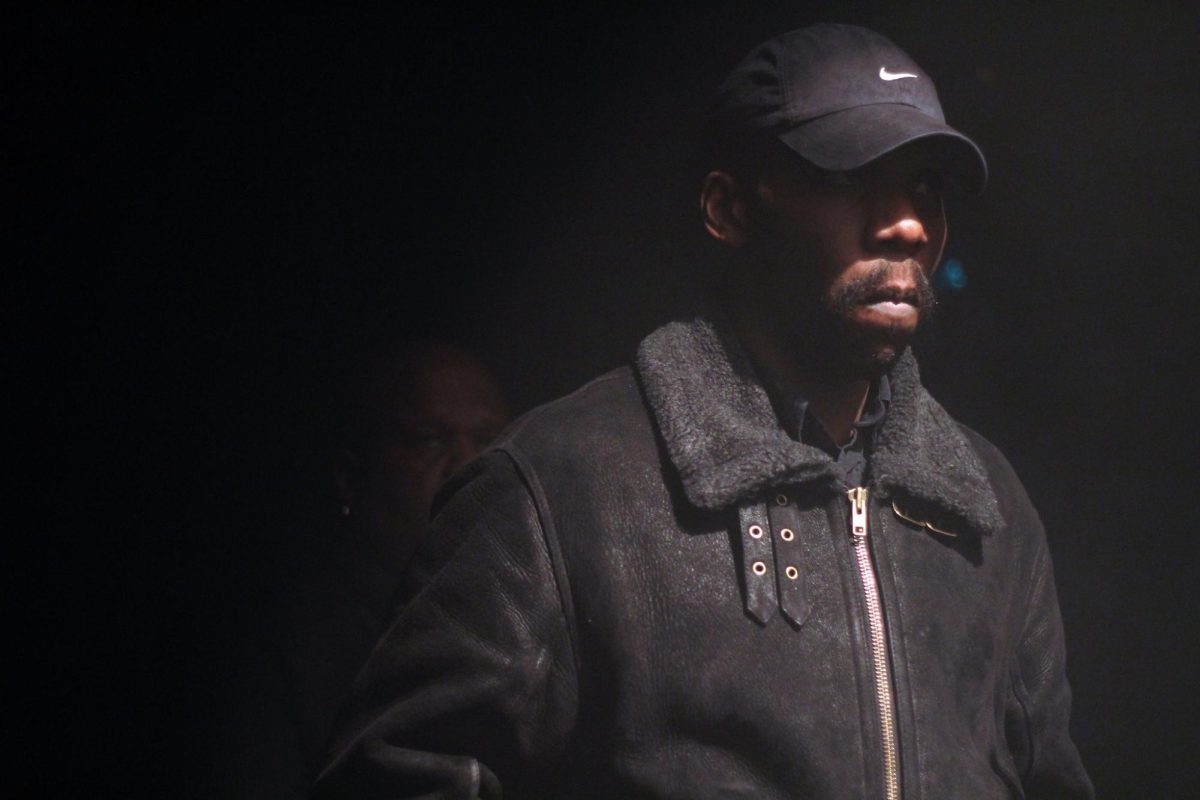
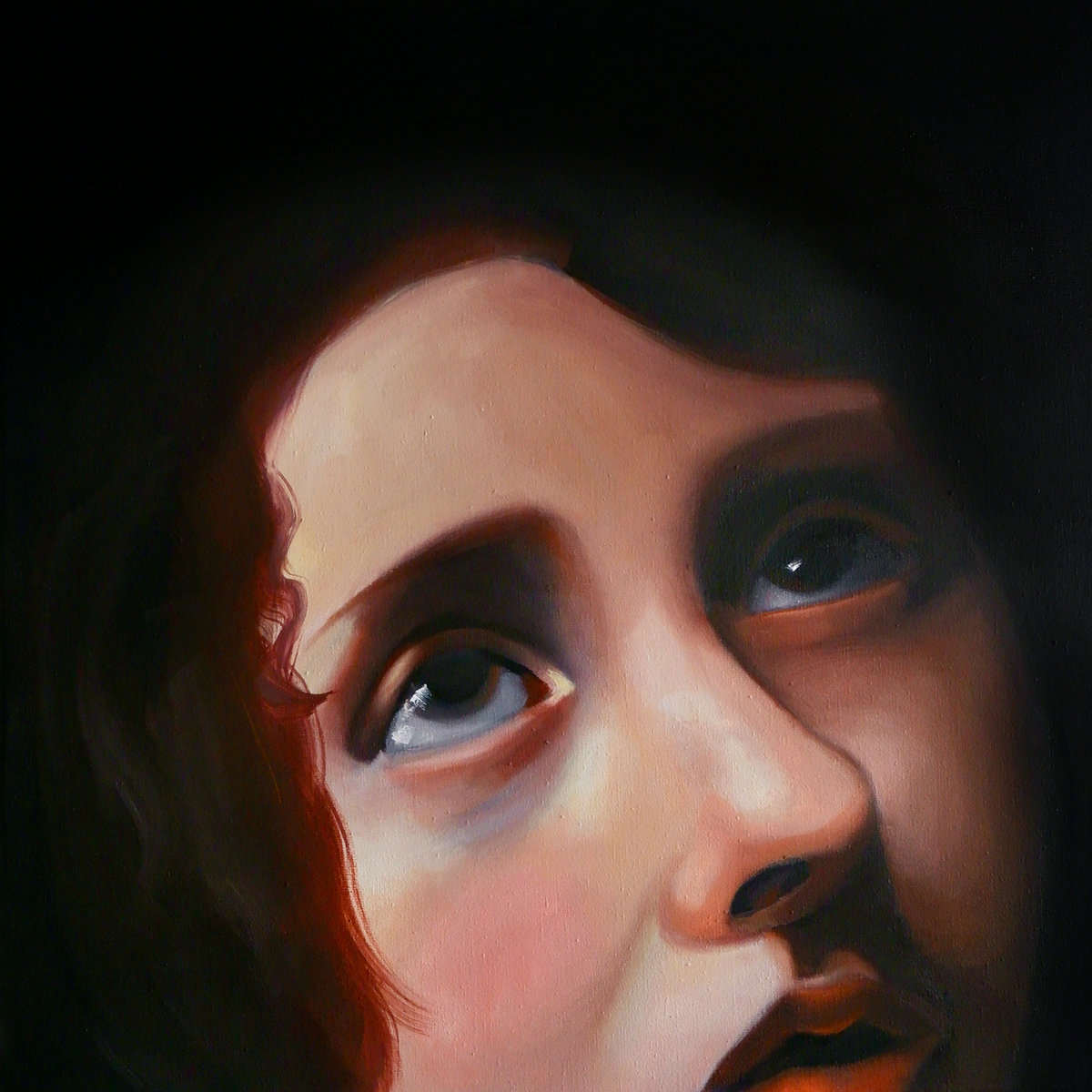




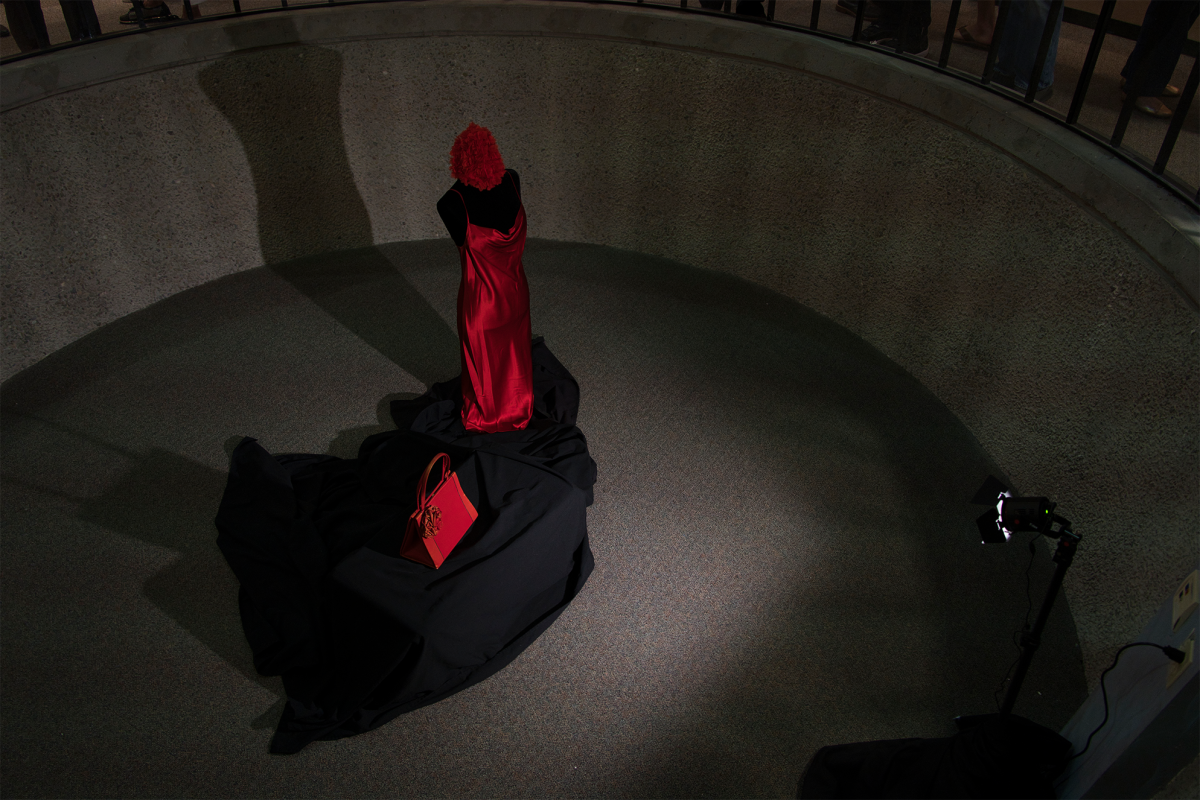
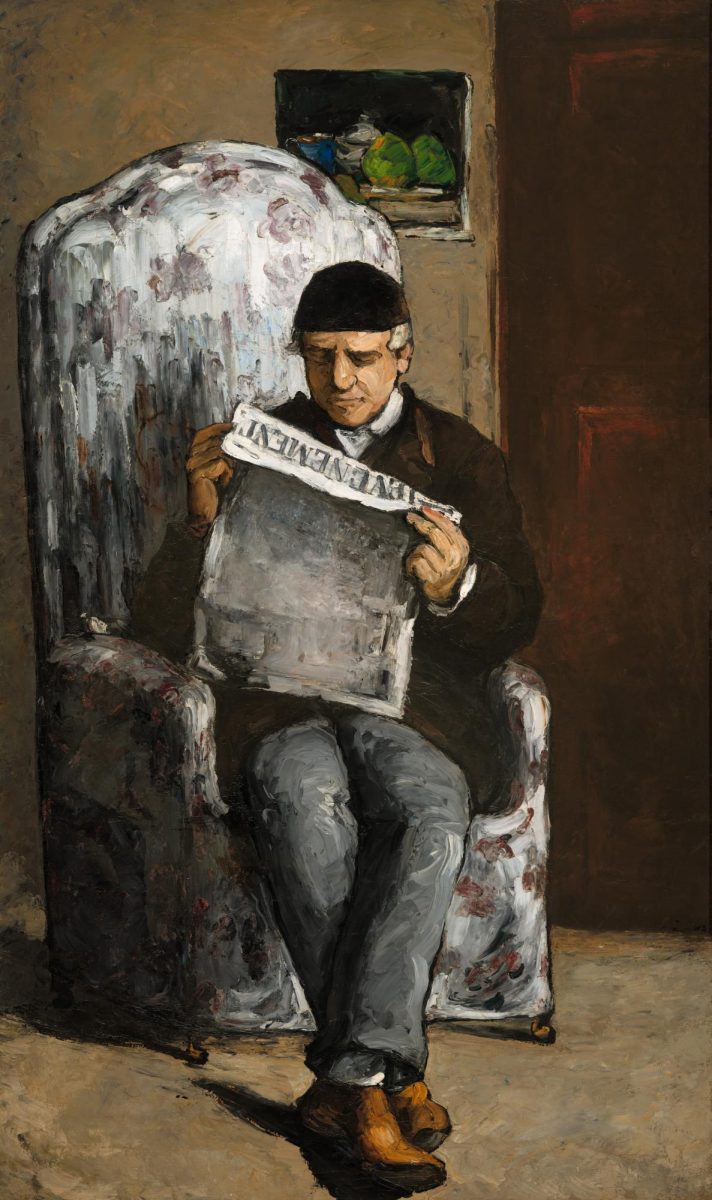




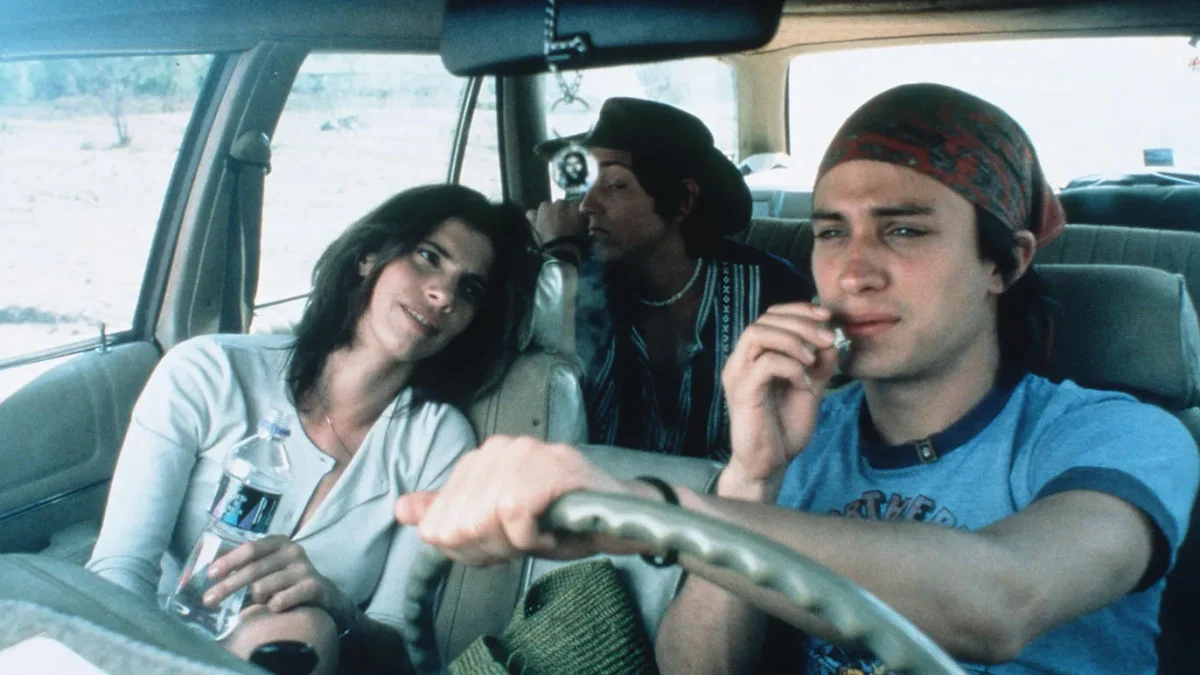


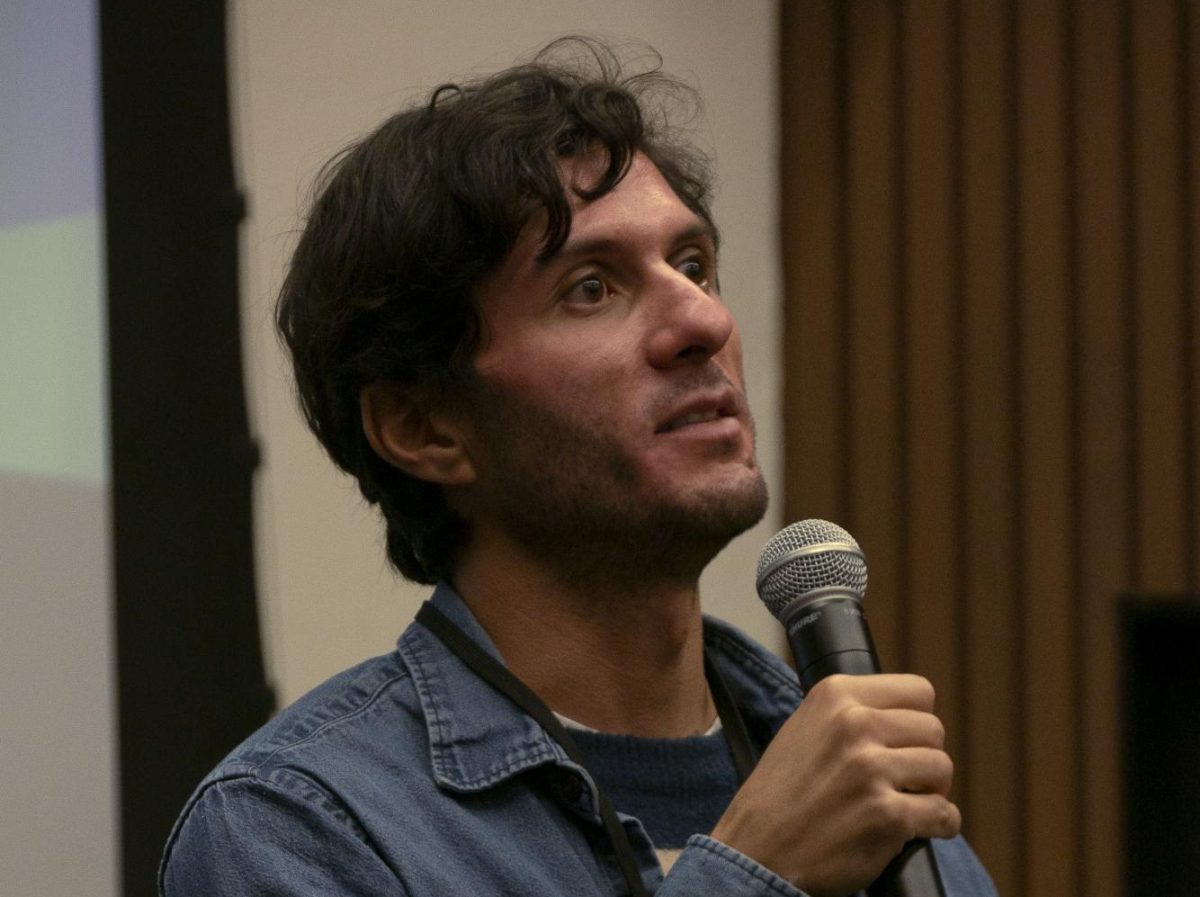
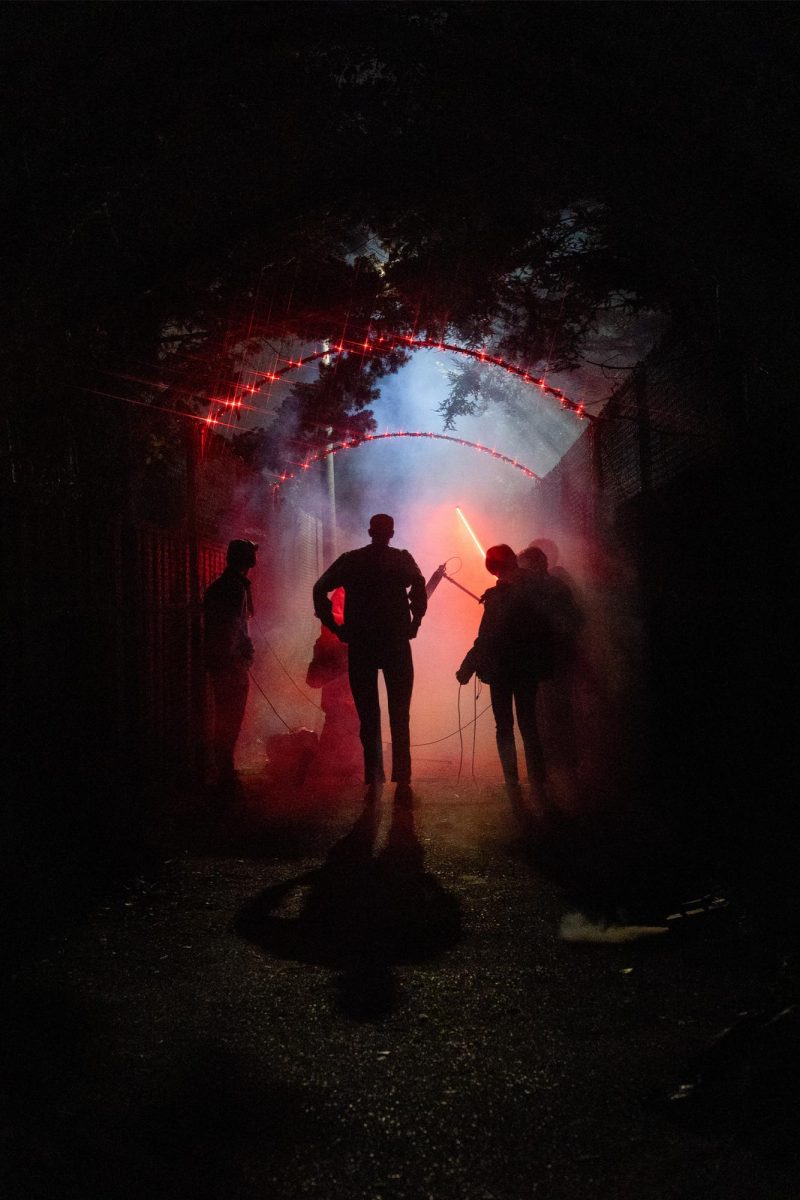





Sara Shibli
Apr 25, 2024 at 4:22 pm
Why is this sooooo good?
chloe
Apr 16, 2024 at 9:42 pm
wonderful thoughts, and makes me want to watch monkey man now. i’ll watch it with your analysis in mind, great review!
Snehal
Apr 16, 2024 at 6:48 pm
Wonderful review!